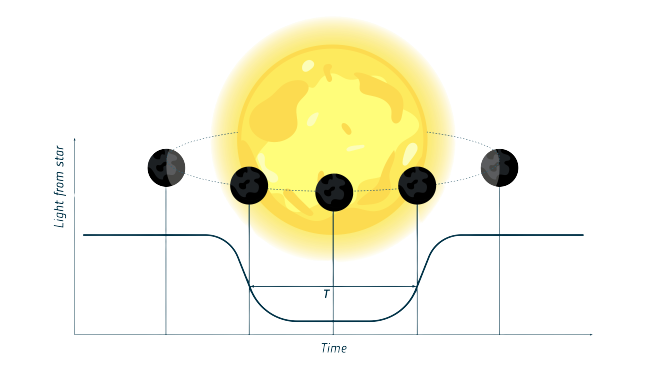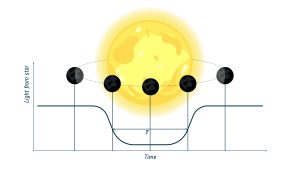
Classroom Resource – Exoplanets in Motion – Building your own exoplanetary system
Brief description: In this set of activities, students will learn how scientists study exoplanets with satellites like Cheops (CHaracterising ExOPlanet Satellite), using the transit method.






